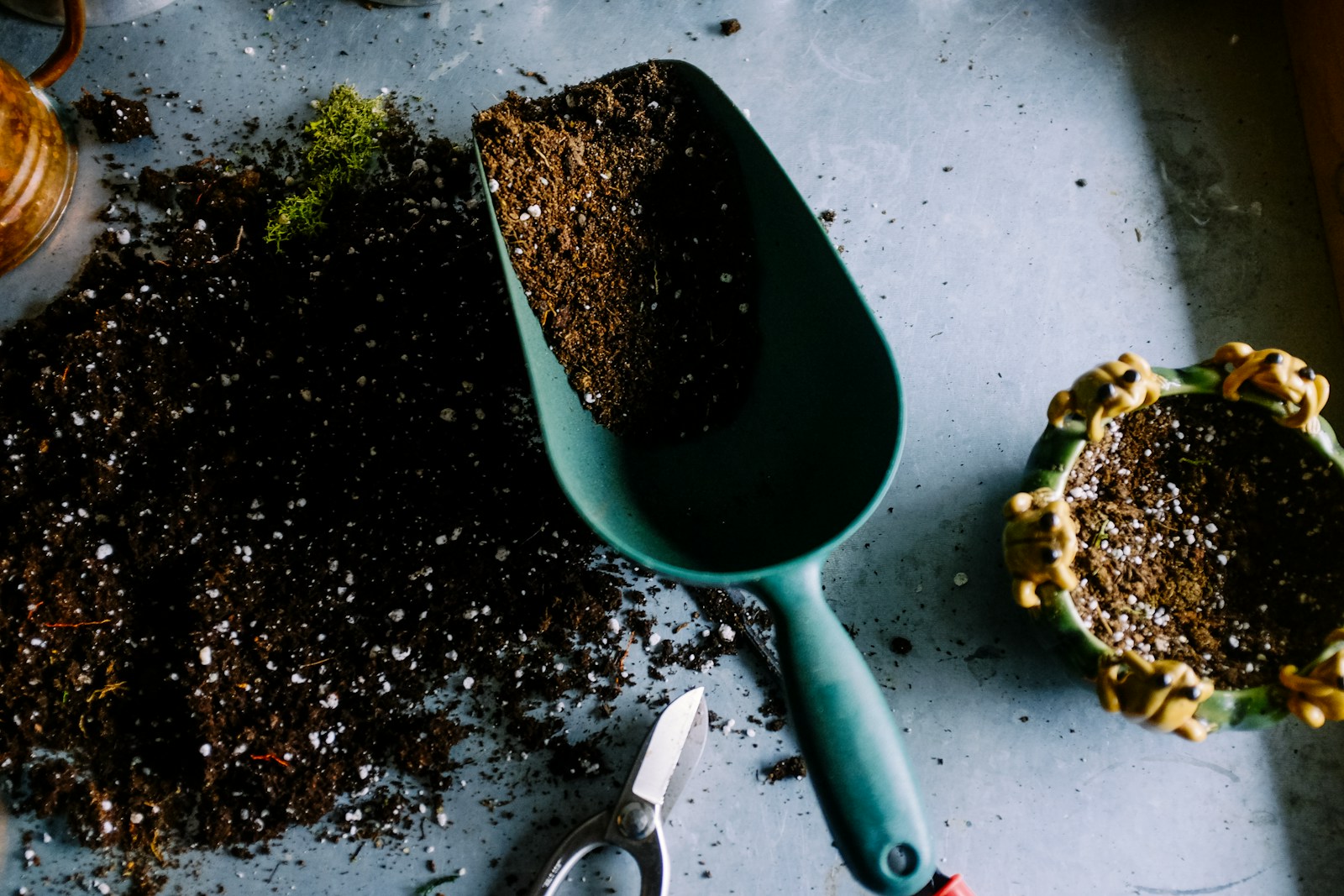March is a critical month for garden maintenance. As winter fades and spring begins, plants start growing rapidly. Proper care during this transition period sets the foundation for a healthy, thriving garden throughout the year. The three key tasks for March garden maintenance are pruning, weeding, and pest prevention. Let’s explore each in detail.
Pruning: Preparing Plants for Growth
Pruning in March helps plants grow stronger and healthier. It removes dead or diseased branches, encourages new growth, and improves air circulation. Different types of plants require different pruning techniques.
1. Trees and Shrubs
- Fruit Trees: March is a great time to prune fruit trees like apple, pear, and cherry. Remove any dead or damaged branches. Cut back branches that are growing inward to allow sunlight and air to reach the center of the tree.
- Flowering Shrubs: For shrubs that bloom in summer (like hydrangeas and butterfly bushes), prune them now. Avoid pruning spring-flowering shrubs like lilacs and forsythias until after they bloom.
- Roses: Trim back hybrid teas, floribundas, and grandifloras to encourage bushy growth. Remove weak stems and cut above outward-facing buds.
2. Perennials and Grasses
- Ornamental Grasses: Cut them back to a few inches above the ground before new growth appears.
- Perennials: Trim dead stems from perennials like coneflowers and daylilies to make room for new shoots.
Weeding: Eliminating Unwanted Plants Early
Weeds compete with your plants for water, nutrients, and sunlight. Tackling weeds in March prevents them from taking over your garden.
1. Identifying Common Weeds
- Dandelions: Bright yellow flowers that spread quickly.
- Crabgrass: A grassy weed that invades lawns and garden beds.
- Chickweed: A fast-growing weed with small white flowers.
2. Effective Weeding Techniques
- Hand Pulling: After a rain, soil is soft, making it easier to pull weeds out by the roots.
- Mulching: A layer of mulch (2-3 inches) suppresses weed growth and retains soil moisture.
- Weed Barriers: Fabric or newspaper under mulch can block weed seeds from sprouting.
- Pre-Emergent Herbicides: If used in early March, these prevent weed seeds from germinating. Be cautious using chemicals near edible plants.
Pest Prevention: Stopping Problems Before They Start
As temperatures rise, pests become more active. Taking preventative steps in March keeps infestations under control.
1. Common Garden Pests in Early Spring
- Aphids: Tiny green, yellow, or black insects that suck sap from plants.
- Slugs and Snails: These pests chew holes in leaves and flowers.
- Spider Mites: Small red or yellow pests that create fine webs and damage plant leaves.
2. Natural Pest Prevention Methods
- Encourage Beneficial Insects: Ladybugs, lacewings, and praying mantises eat aphids and other harmful pests.
- Neem Oil Spray: A natural insecticide that repels aphids and mites without harming beneficial insects.
- Diatomaceous Earth: A fine powder that damages the exoskeletons of slugs and insects, causing dehydration.
- Beer Traps for Slugs: A shallow dish filled with beer attracts slugs, which then drown in it.
3. Companion Planting for Pest Control
- Marigolds: Deter aphids and nematodes.
- Basil: Repels mosquitoes and flies.
- Garlic and Onions: Help keep pests like aphids and mites away.
Additional March Gardening Tips
- Soil Preparation
- Add compost or organic matter to enrich the soil.
- Test soil pH and adjust if needed.
- Watering Guidelines
- Water early in the morning to reduce evaporation.
- Avoid overwatering, which can lead to root rot.
- Planting Cool-Season Crops
- March is perfect for planting lettuce, spinach, peas, and carrots.
- Use row covers to protect young plants from late frosts.
March garden maintenance is all about preparing for the active growing season ahead. Pruning encourages healthy plant growth, weeding prevents competition for nutrients, and pest prevention keeps your garden safe. By following these steps, your garden will be ready to flourish in spring and beyond. Happy gardening!
